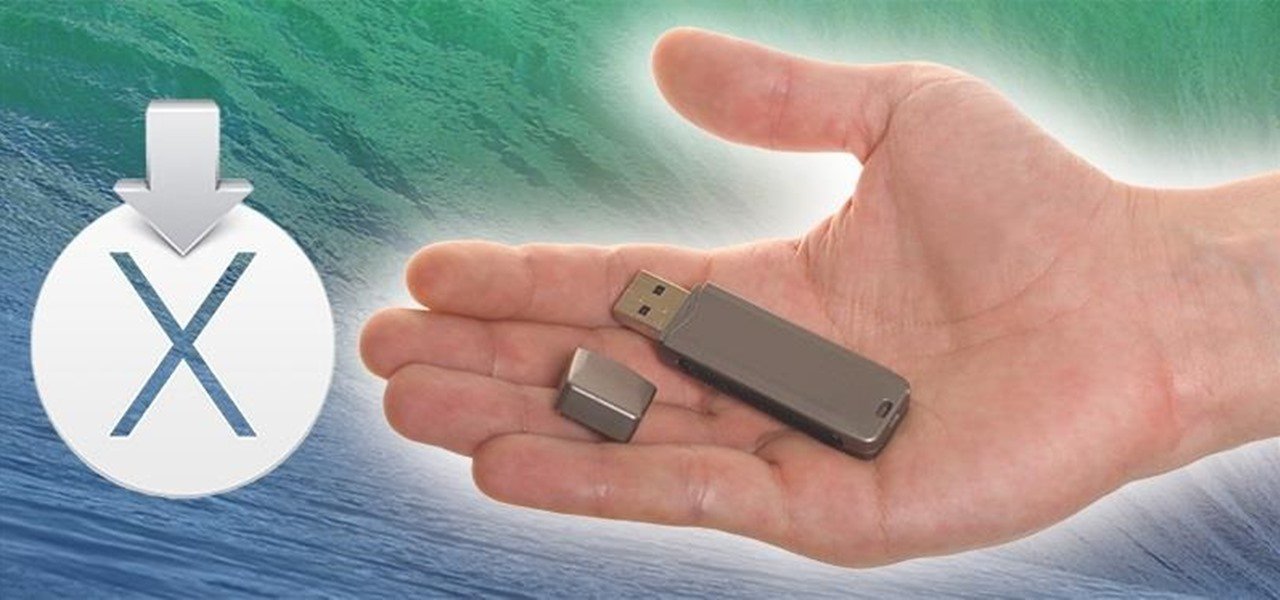
#Install macos high sierra from usb install
At this point, you can update macOS or install a new version. The installer for macOS will boot from it. Select the drive on which you wrote the installation program. You will be asked which drive to boot from: Turn on the Mac while holding down the Option key. Click Scan and the software begins scanning process. Select the hard drive from which you wish to recover the data. Customize your scan and toggle the data type you want to recover. Shut down the Mac, then connect your installation disk. Download, install and run Stellar Mac Data Recovery. Now that you've created an external installer, you'll need to boot from it on your target Mac. Hopefully you get the idea: you need to run the script in the installer yourself, point to your drive, and then point to the installer.

Saw: sudo /Applications/Install macOS Sierra.app/Contents/Resources/createinstallmedia -volume /Volumes/Installer -applicationpath /Applications/Install macOS Sierra.app.Here is a detailed guide for the process. Browse the MacOS High Sierra (VMDK) from the extracted folder that you had downloaded then click Finish then click Ok on virtual machine settings. Two options are to use Duplicate (a free utility which can copy and paste an entire bootable volume), or Mac Backup Guru (a paid, fully featured backup utility with unique incremental backups capability) for that. Here you need to select use an existing virtual disk and click Next.
#Install macos high sierra from usb full
Here is the full command for some newer versions: What’s needed for a clean install on a Mac A backup of the disk before it’s erased. Earlier versions of macOS have slightly different names. The above command is specifically for High Sierra (and a hard drive called the “Installer”). Note that the Utilities folder offered by DiskMaker X does not exist here.


The process will take a while, but when it's done you will have a bootable drive with the installer on it.


 0 kommentar(er)
0 kommentar(er)
